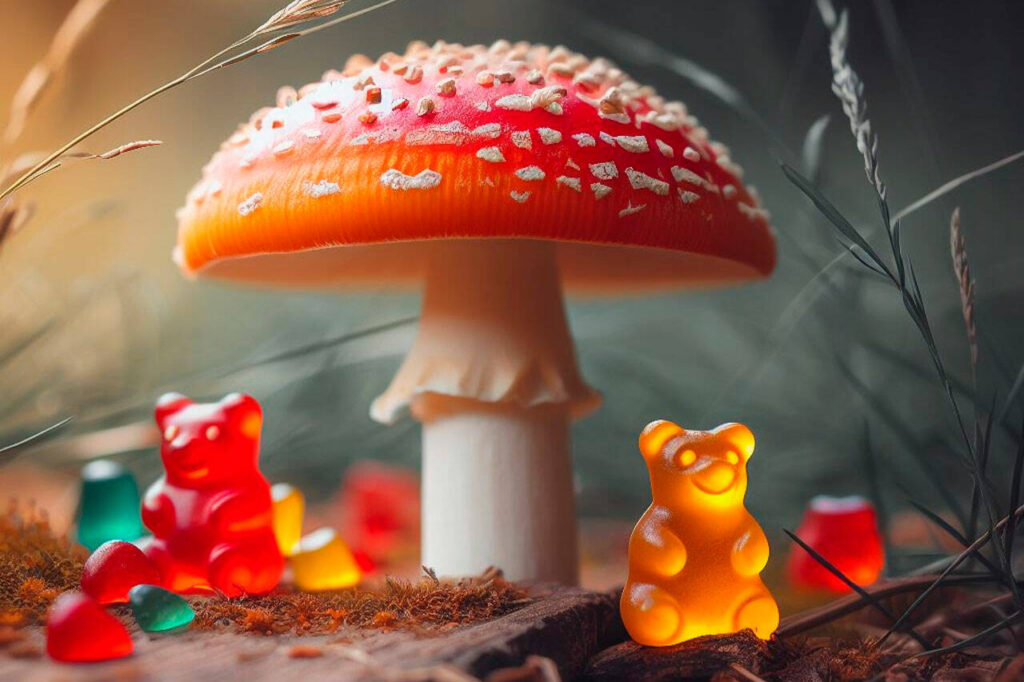
Exploring the Cultural History of Amanita Muscaria Gummies in Modern Times
Amanita Muscaria, often recognized by its iconic red cap with white spots, has long been a subject of fascination and myth. This mushroom, historically significant in various cultures, has found a unique place in the modern world as a trendy edible Amanita Muscaria gummy. The cultural journey of these amanita mushroom gummies reflects a blend of ancient traditions and contemporary innovations.
Historical Significance
Amanita Muscaria, also known as the fly agaric, holds a prominent place in the folklore of numerous cultures. In Siberian shamanistic traditions, it was consumed for its psychoactive properties, believed to facilitate communication with the spirit world. The amanita mushroom gummies also appear in European folklore, often associated with magical realms and mythical creatures. Its hallucinogenic effects were both revered and feared, contributing to its mystical aura.
Transition to Modern Times
The journey of Amanita Muscaria from a sacred mushroom to a modern edible has been intriguing. The 20th century saw increased interest in psychoactive substances, with researchers exploring their potential therapeutic benefits. This curiosity led to a resurgence of Amanita Muscaria, albeit with a cautious approach due to its toxic properties. Modern enthusiasts sought ways to harness its psychoactive benefits while minimizing risks, leading to innovative methods of consumption.

The Birth of Amanita Muscaria Gummies
The creation of Amanita Muscaria gummies marks a significant evolution in the consumption of this mystical mushroom. Gummies offer a controlled dosage, making it easier to manage the psychoactive effects. The preparation process involves extracting the active compounds and eliminating harmful toxins, ensuring a safer experience. These gummies have gained popularity among those seeking alternative psychoactive experiences, blending ancient traditions with modern convenience.
Cultural Adaptation and Popularity
Amanita Muscaria gummies have found a niche in the wellness and alternative medicine communities. Their appeal lies in the promise of a unique psychoactive experience that differs from more common substances like cannabis or psilocybin mushrooms. Social media platforms and wellness blogs have contributed to their popularity, with users sharing their experiences and touting the benefits. This modern adaptation has sparked debates about cultural appropriation and the ethical use of traditional substances.
The cultural history of Amanita Muscaria gummies reflects a dynamic interplay between ancient traditions and contemporary practices. From its mystical roots in shamanistic rituals to its present-day form as a trendy edible, Amanita Muscaria continues to captivate and intrigue. As interest in alternative psychoactive substances grows, the story of these gummies serves as a reminder of the enduring legacy of ancient cultural practices and their evolving place in modern society.